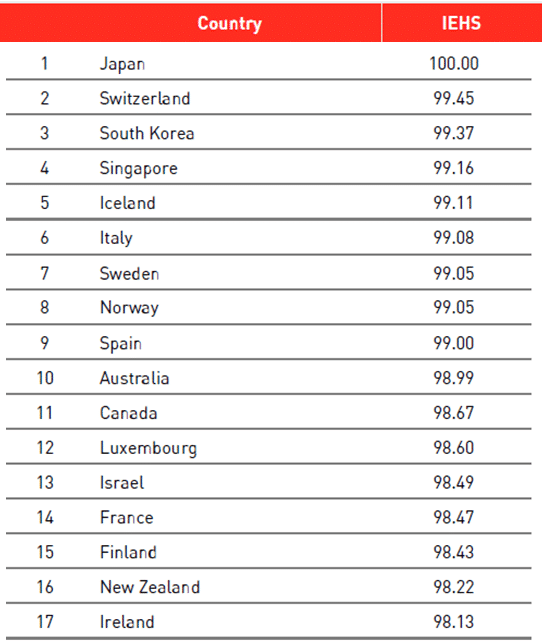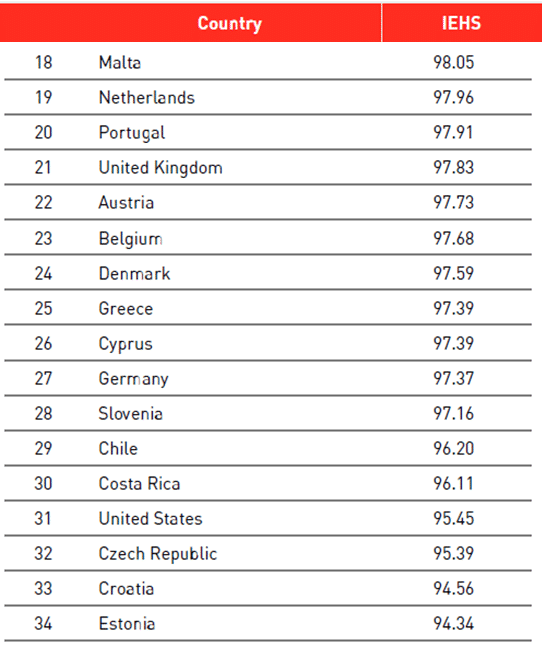Pandemics and the effectiveness of healthcare systems


Source: MAPFRE Economics
There are therefore several factors, in addition to the degree of effectiveness of the healthcare systems, that influence the development of the pandemic. These include the population’s demographic profile, the speed at which distancing and lockdown measures were taken, in addition to research, capacity of medical equipment production and supply, the presence of urban hubs with large population centers, whether or not the country is a focal point with international airports, among other factors, which are affecting the different levels of severity of the situation in the different countries.
Whatever the case, the situation will potentially give rise to a review of the weaknesses that may have surfaced within healthcare systems. Capacity indicators (hospital beds, ICU beds, number of physicians, nurses, other medical personnel, among others) are particularly relevant in this regard.
In the European Union, part of the fiscal measures to support the economy being discussed in order to overcome the great economic impact that the pandemic is causing, are aimed at the healthcare systems of its member states. In the United States, on the other hand, it is expected that there will be an unprecedented increase in Medicaid program registrations and the use of electronic markets called exchanges by people who have been left without the healthcare coverage provided by their company.
The following link leads to the study “Health systems: a global analysis” prepared by MAPFRE Economics, which provides a detailed examination of healthcare systems in the United States, Mexico, Brazil, Chile, Australia, Japan, Singapore, Spain, France, the Netherlands and the United Kingdom. It also contains the complete ranking of healthcare systems in 180 countries according to the IEHS.



